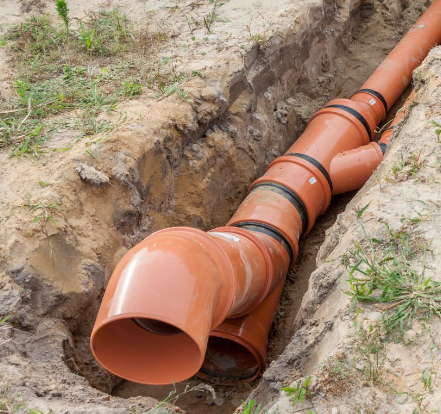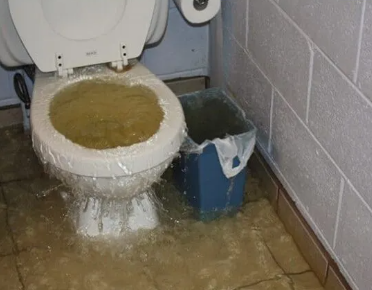Understanding your home’s drainage system is essential. A beginner’s guide will help you get to grips with the basics.
What are the types of drainage systems?
A sanitary drainage system collects wastewater from sinks, baths, showers, toilets and appliances such as washing machines and dishwashers, and transports it away from the property to the public sewer system or a private sewage treatment facility. A surface water drainage system deals with rainwater and surface runoff from roofs, driveways, patios and gardens. It directs rainwater away from the property to prevent flooding and water damage.
What are the key components?
Underground drain pipes carry wastewater away from your home. These pipes connect to the main sewer line or a private drainage system. Your home’s drain pipes connect to either the public sewer system or a private sewage treatment facility. Properties in urban areas typically connect to the public sewer, while rural properties may have septic tanks for sewage disposal. Manholes and inspection chambers are access points along the system that allow for maintenance.

What are gullies?
Gullies are ground-level drainage points fitted with covers. They collect surface water from drains, gutters and paved areas and direct it into the drainage system.
If you have a blockage issue and need it rectified as soon as possible, you should call in professionals who can access and correct the problem. If you require a CCTV drain survey Nottingham, specialists such as wilkinson-env.co.uk/drainage-services-cctv-surveys-midlands/cctv-drain-surveys/cctv-drain-surveys-nottingham will carry out the necessary investigations.
Carry out regular inspections
Periodically inspect your drains, gullies and manholes for signs of blockages, leaks or damage. Look for standing water, foul odours or unusual noises.
Avoid flushing non-biodegradable items, grease, oil and sanitary products down the toilet or drains. Use drain covers or strainers to catch debris and prevent blockages. Good Housekeeping has guidance on nipping home clogs in the bud.

Always dispose of waste properly
Dispose of household chemicals, oils and hazardous materials at designated recycling or disposal centres to avoid contaminating the drainage system. Understanding and maintaining your home’s drainage system is essential for preventing damage and sewage backups.
